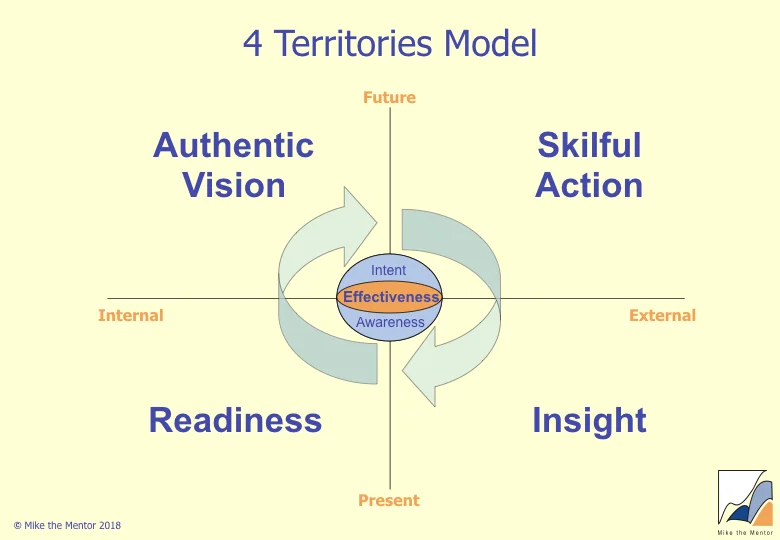Authentic Leadership Communication
/The essence of leadership is being able to see what is needed, and then inspiring others to take action to effect change. Key to successful leadership is authentic leadership communication.
Terry Pearce in his book Leading Out Loud: A Guide for Engaging Others in Creating the Future suggests that there are three pre-requisites for authentic leadership communication:
Discovering what matters to you: Authenticity arises from an awareness of your convictions and vision. We all have something that we are passionate about, and it is based on our particular make up and our rich and sometimes dire personal history.
Finding our voice: At some time in our lives, usually at a very young age, most of us abandon our real voice and adopt a more conventional one. The leader, through introspection and discipline, must reconnect to their authentic voice and amplify it so that it resonates with those who follow them.
Deciding to lead: Discovering what matters to you and finding your voice to express it is not enough - you need to decide to commit to creating inspirational interaction with others. That involves getting to know your own emotional landscape and how to connect it to that of others.
Pearce suggests that constructing a complete message platform for change involves 4 activities. The diagram shows these activities mapped onto the 4 Territories Model.
Establish Competence and Build Trust (Readiness)
To inspire others, you first have to build your own credibility in the organisation. This involves communicating in a way which enables people to see your competence and feel that you are trustworthy.
People assess your competence by the clarity of your purpose and by your credentials. Clarity of purpose focuses attention on what you consider it vital to progress. Your credentials are a function of your directly relevant work experience, life experience, and education, though you may have to help people understand how these are relevant to the particular challenges the organisation faces.
Trust is important because it is what enables people to listen to you without the filters of fear or suspicion, and gives them the confidence to follow you.
Create Shared Context (Insight)
To communicate effectively, you first have to be able to see clearly the situations and challenges you and the organisation face. This is ever more difficult; there is greater instability in the world, change happens increasingly quickly, and we are affected by global as well as local events.
By setting all of this in a larger more meaningful context and by explaining it, the leader creates a context which answers the question "Why should we change?" The leader creates a bigger picture than the one people had been seeing which helps focus their personal aspirations and their hopes for the organisation. This ability to create a powerful context also reinforces competence and trust.
Declare and Describe the Future (Vision)
The future isn't out there waiting to happen - it is largely created by what we do, or don't do. Leaders have a key role in shaping these actions by declaring a future so as to make what previously seemed impossible seem possible and real. As Peter Drucker said "The best way to predict the future is to create it".
This declaration has to include a description of the new world that excites the leader, so that the leader can excite others. It also has to gain others commitment by enabling them to see themselves playing a part in a story that is compelling and is moving them towards a state or objective that is more interesting or desirable than the status quo.
Commit to Action (Action)
The leader's commitment to action is the culminating and defining step of the change process. It is action that signals the victory of value over habit, of meaning over safety, and of creativity over conformity. The willingness to ask for action and expect it is an unmistakable attribute of leaders.
It takes confidence to act on your own conviction; it takes real courage to ask another human being to do so.

